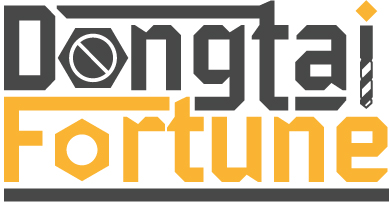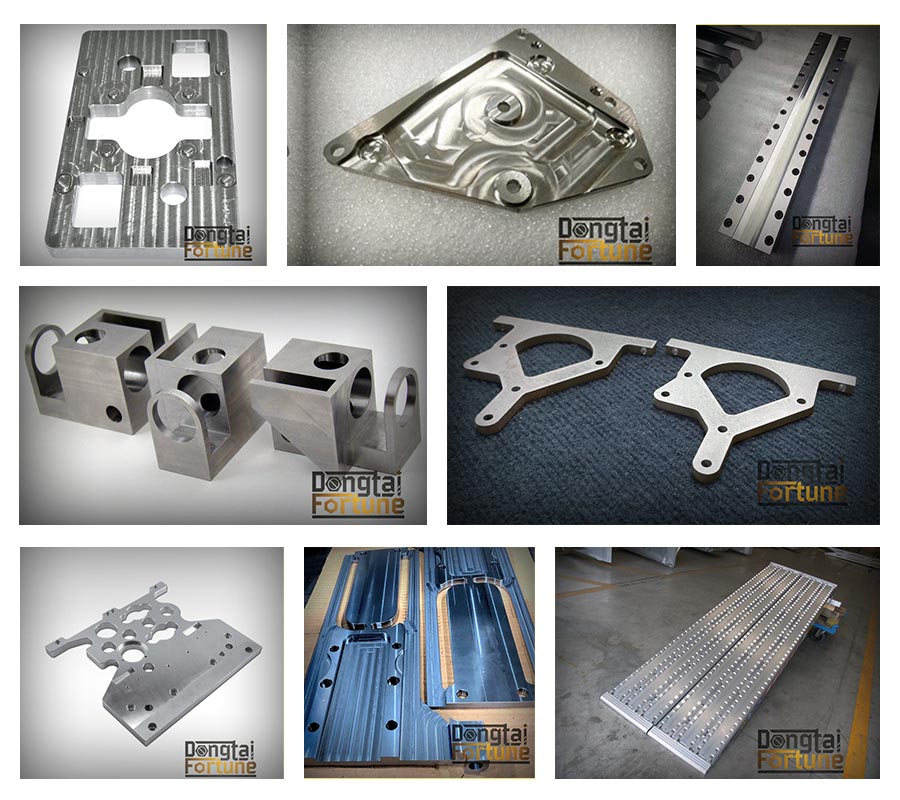High reputation China Custom Precision CNC Lathe Machined / Milled / Turned Part (AL12030, 7075)
“Sincerity, Innovation, Rigorousness, and Efficiency” could be the persistent conception of our enterprise to the long-term to produce together with clients for mutual reciprocity and mutual profit for High reputation China Custom Precision CNC Lathe Machined / Milled / Turned Part (AL12030, 7075), We have now skilled products knowledge and rich experience on manufacturing. We normally think your achievements is our company!
“Sincerity, Innovation, Rigorousness, and Efficiency” could be the persistent conception of our enterprise to the long-term to produce together with clients for mutual reciprocity and mutual profit for China CNC, CNC Machine, With a wide range, good quality, reasonable prices and stylish designs, our solutions are extensively used in public placesand other industries. Our goods are widely recognized and trusted by users and can meet continuously developing economic and social needs. We welcome new and old customers from all walks of life to contact us for future business relationships and achieving mutual success!
Milling is the most common form of machining, a material removal process, which can create a variety of features on a part by cutting away the unwanted material. The milling process requires a milling machine, workpiece, fixture, and cutter. The workpiece is a piece of pre-shaped material that is secured to the fixture, which itself is attached to a platform inside the milling machine. The cutter is a cutting tool with sharp teeth that is also secured in the milling machine and rotates at high speeds. By feeding the workpiece into the rotating cutter, material is cut away from this workpiece in the form of small chips to create the desired shape.
Milling is typically used to produce parts that are not axially symmetric and have many features, such as holes, slots, pockets, and even three dimensional surface contours. Parts that are fabricated completely through milling often include components that are used in limited quantities, perhaps for prototypes, such as custom designed fasteners or brackets. Another application of milling is the fabrication of tooling for other processes. For example, three-dimensional molds are typically milled. Milling is also commonly used as a secondary process to add or refine features on parts that were manufactured using a different process. Due to the high tolerances and surface finishes that milling can offer, it is ideal for adding precision features to a part whose basic shape has already been formed.
Capabilities
|
Typical |
Feasible |
|
|
Shapes: |
Solid: Cubic |
Flat |
|
Part size: |
Length: 1-4000mm |
|
|
Materials: |
Metals |
Ceramics |
|
Surface finish – Ra: |
16 – 125 μin |
8 – 500 μin |
|
Tolerance: |
± 0.001 in. |
± 0.0005 in. |
|
Lead time: |
Days |
Hours |
|
Advantages: |
All materials compatible Very good tolerancesShort lead times |
|
|
Applications: |
Machine components, engine components, aerospace industry, automotive industry, oil & gas industry, automation components. Maritime industry. |
|




